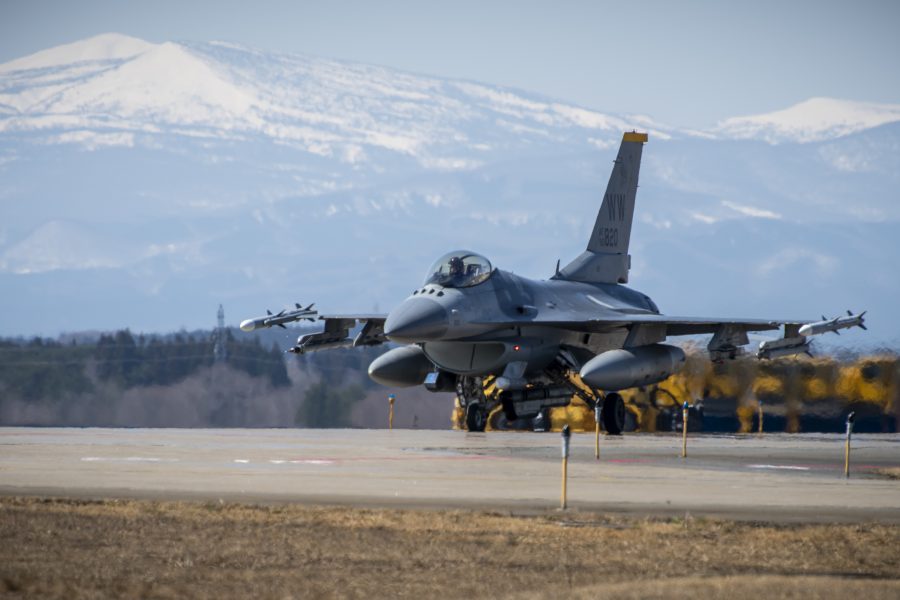Pacific Air Forces has been fine-tuning the Agile Combat Employment concept in training exercises for years, but the new coronavirus outbreak has required real-world execution.
“When it comes down to the Pacific theater and the … challenges we face out here, COVID is merely just another challenge to the world order,” Maj. Gen. Scott Pleus, the command’s director of air and cyberspace operations, told Air Force Magazine.
ACE pushes authority down to lower-level commanders, empowering them to make decisions that are in the best interest of their Airmen while using a limited amount of available resources. PACAF first validated the ACE concept in 2017 when China was ramping up military activity in the South China and East China seas, North Korea was aggressively testing new ballistic missile capabilities, and Russia was beginning to fly more long-range aircraft in the area.
Elements of ACE are incorporated in virtually every exercise or activity PACAF does, but “this is a real-world execution of the Agile Combat Employment in action against a real threat … across the entire Pacific [area of responsibility],” Pleus said. “I’m super proud of our commanders and supervisors at all levels who have been able to rise to the challenge and fight their way through this just like any other contingency operation.”
As the coronavirus continues to spread across the globe, PACAF has had to cut back on its overall flying engagements. Some exercises have been curtailed, or canceled altogether, such as Red Flag-Alaska. Travel restrictions—both from the Defense Department and other countries—have forced the command to get creative when it comes to partner engagements, Pleus said. However, the pandemic has not impacted PACAF’s ability to accomplish its core missions, such as Operation Noble Eagle, where fighters and tankers are on alert to defend the continental United States, Guam, Alaska, and Hawaii, he noted.
“When we made the decision to cancel Red Flag, it was not a decision we made lightly or a sweeping blanket decision. It was really … made as a way to protect our Airmen and our ability to deploy, or employ them without having to deal with restriction of movement or travel restrictions,” Pleus said. “It was more about preserving readiness in the Pacific theater than it was about the readiness gained from the Red Flag exercise itself.”
The command has been able to offset the loss of large-scale employment exercises through local flying. For example, Pleus said, Airmen have been able to overcome travel restrictions by having two aircraft from different countries take off from two different locations and then meet in international airspace to train.
Pleus said there also has been an “uptick” in requests to move medical supplies and equipment across the vast theater, citing “all the things that had to go perfectly well” during a recent mission where a C-17 successfully moved two twins and their parents nonstop from the center of South Korea to Washington, D.C., for neonatal care.
While PACAF does not yet have any isolation pods in theater, aircrews are busy preparing to move COVID-positive patients via air once the systems complete testing at Joint Base Charleston, S.C.
“Even with the effects of the COVID social distancing and some of the non-mission essential closures that have occurred on each base, it’s a testament to our commanders because they’ve maintained the readiness level we’ve asked them to despite all the challenges in front of them,” Pleus said.
